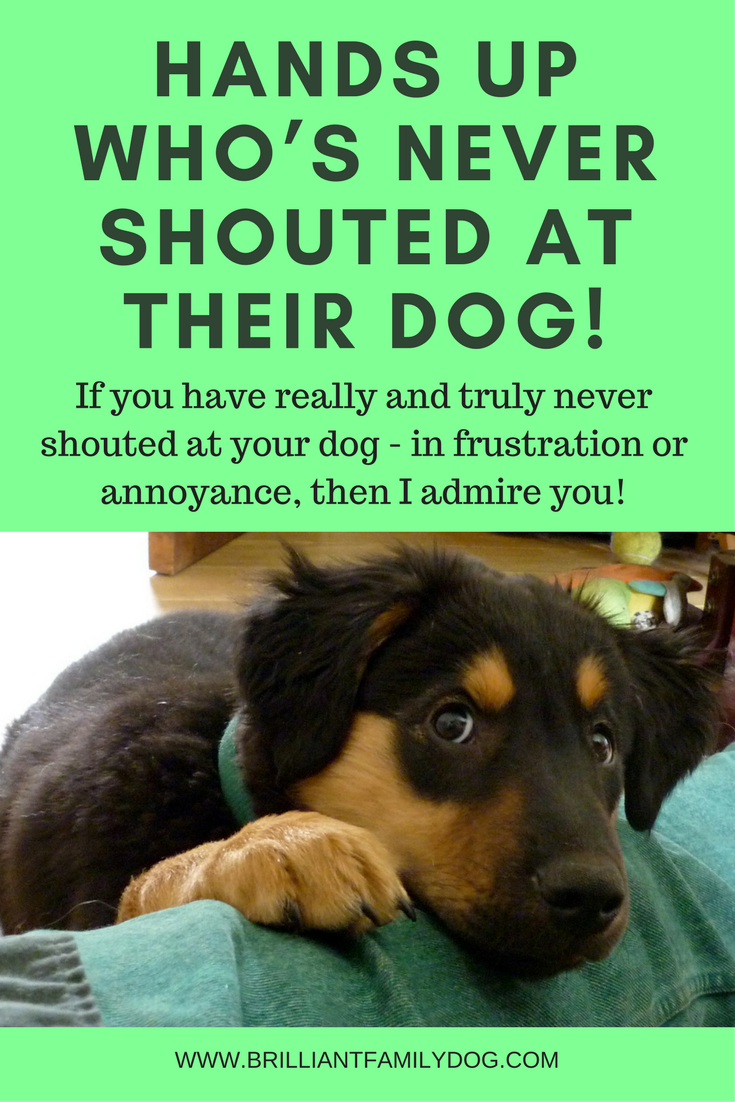And I suppose I can add - do you command your friends, or ask them?
I guess the idea of issuing commands to dogs comes from when the only trainers were policemen, soldiers, gamekeepers, and the like.
They were used to issuing orders to their underlings, so naturally they would do the same with their dogs.
But like so much of what was developed in the last couple of centuries, these methods are now outdated. Much better methods have been discovered and devised, and what’s more - they work!
Issuing a command goes hand in hand with the idea of punishment if the command is not immediately obeyed. People tell me their dogs are disobedient if they don’t respond immediately to a command. How many of these people live with folk who need repeated requests to get anything done?!
Why do they expect a higher standard from their dog?
Thing is - life goes much better when we’re in a partnership with those around us.
We ask them to do things, and they have a choice whether to do them or not.
And that’s exactly how I like to exist with my dogs.
My dogs ALWAYS have a choice!
“But my dog will never make a good choice!” people will wail!
Master and Slave?
Basing your relationship with anyone on a master-slave approach will only ever get grudging compliance at best.
Basing it on a friend-friend approach will get you the outcome you want!
Now in response to the suggestion that dogs will never make a good choice - it’s up to me to set things up so my dogs make the choice I’d like them to make.
And that’s what I mean by “training”.
It isn’t about getting instant obedience because the dog fears my fury or punishment if they don’t do it right.
It’s about bowling along together in harmony, both wanting the same result.
Isn’t that much more appealing?
If you work this right, your dog will anticipate your requests and actually do what you want automatically!
Think on that!
Tell me in the comments, where do you think you can make some changes that will lead to this happy outcome?
If you need some ideas, be sure to watch our free Workshop on Getting Your Dog to LISTEN! Plenty of lessons there to get you started on a new and exciting track!






















